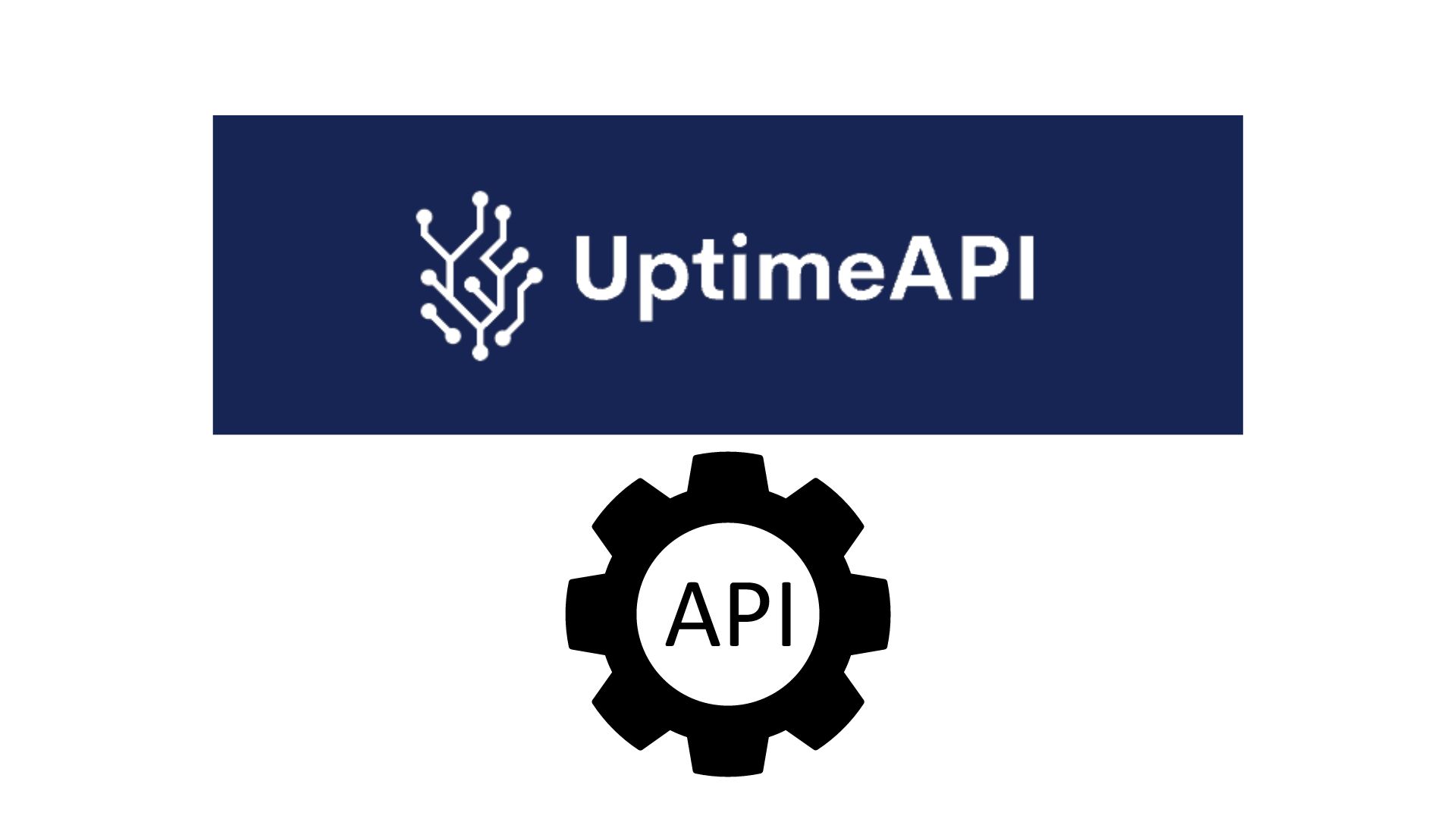REST API Monitoring Tool To Maximize Efficiency

In the realm of modern software development and digital operations, REST API Monitoring Tool plays a pivotal role in ensuring the seamless functionality and reliability of applications. APIs (Application Programming Interfaces) serve as the bridges that enable different software components and systems to communicate and interact with each other. Monitoring these APIs is crucial for maintaining optimal performance and detecting potential issues before they escalate.
Importance of a REST API Monitoring Tool
A REST API Monitoring Tool is particularly critical due to their prevalence in web services and cloud-based applications. These APIs adhere to the principles of Representational State Transfer (REST), emphasizing simplicity, scalability, and reliability in data communication over the internet. Continuous monitoring helps in ensuring the availability and reliability of these APIs, which are often the backbone of modern digital ecosystems.
Various monitoring tools are available to streamline this monitoring process, each offering unique features and capabilities. These tools not only track the uptime and performance of APIs but also provide deep insights into their usage patterns and response times. From real-time monitoring to detailed analytics, these tools enable developers and operations teams to maintain a proactive stance in managing API health and performance.
Improved Reliability and Performance
Selecting the best REST API Monitoring Tool involves not only preserving functionality but also maximizing effectiveness and user experience. Organizations may maintain a competitive edge in the ever-changing world of digital operations by utilizing enhanced monitoring capabilities and following best practices. Organizations may improve user experience and reduce service disruptions by guaranteeing the availability and stability of their API. Proactive monitoring makes it possible to optimize API response times by enabling teams to quickly locate and fix bottlenecks.
Another important advantage of API monitoring tools is the detection and mitigation of potential security issues. Organizations can protect sensitive data and ensure compliance with security standards by keeping an eye out for unusual activities and attempts at unauthorized access. Continuous monitoring makes scaling APIs based on real-time usage indicators easier to handle. This feature offers cost reductions through optimal infrastructure consumption in addition to improving resource allocation.
Uptime API
With Uptime API, you can monitor your APIs. It works by regularly confirming that your APIs are up and running and performing as expected. Setting up monitors is easy. To set up monitors, you need the target API endpoint URL and the ability to change the watch's timeout and interval parameters. While timeouts indicate how long an API will wait for a response, monitoring intervals show how frequently an API will perform health checks. You may customize monitoring to your needs and preferences with these settings.
You may create alerts and select which contacts should get notifications directly from your API dashboard. This way, you may then update your team. Thanks to its many changeable settings and monitor restrictions, you can choose the package that best meets your monitoring needs. It also provides historical data and analytics so you can track changes in API performance and availability over time. Get access to your logs so you can look into any issues with the API.
Analyze past performance patterns and base your choices on the truth. To reduce disruptions, alerts can be customized to your needs. using data to swiftly and efficiently monitor APIs. Whether you prefer webhooks, SMS, or email for your alarm notifications, you may select the one that best suits your requirements.
